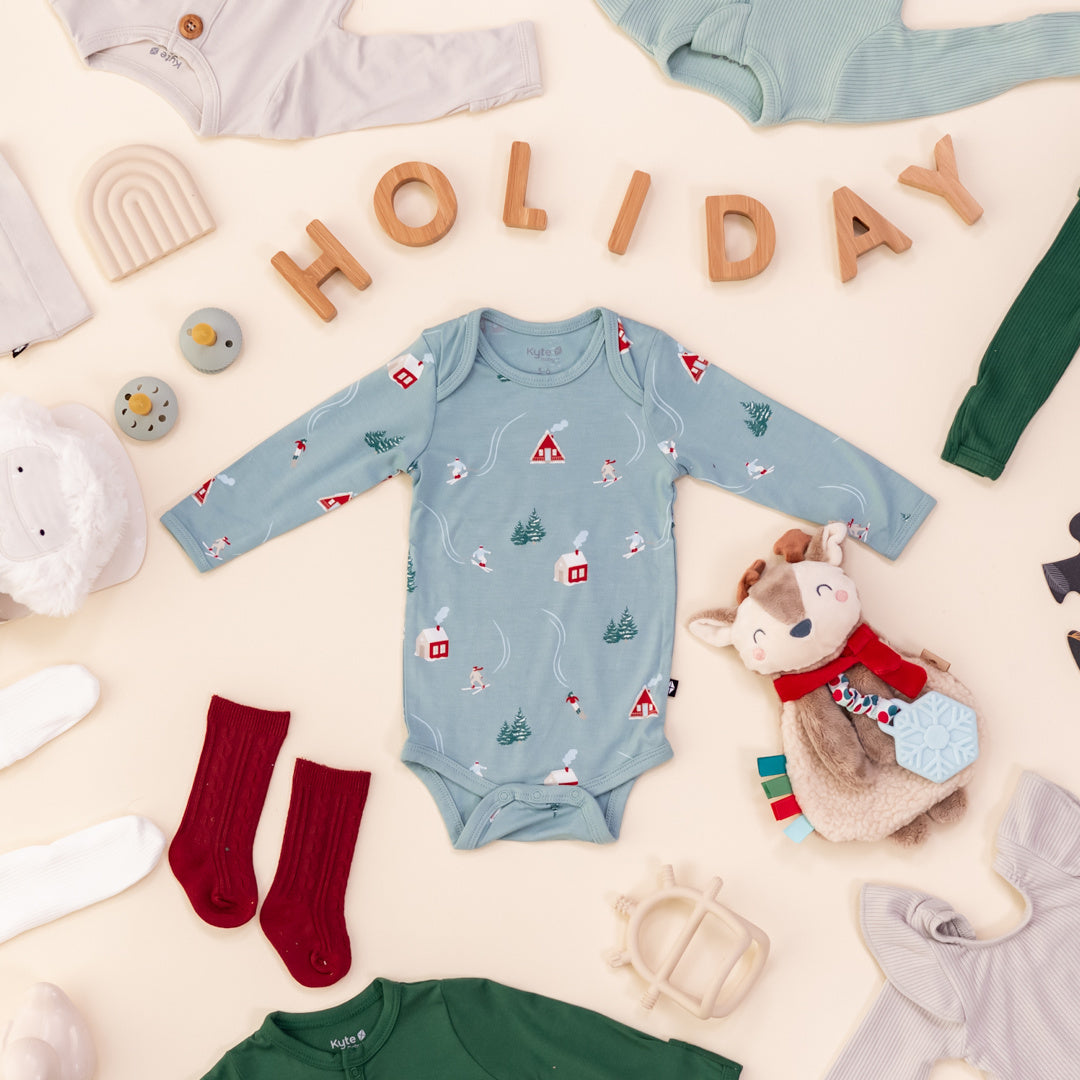When it comes to their children, there are plenty of dangers that parents worry about. SIDS, or sudden infant death syndrome, is one of the greatest fears that a new parent has during their baby’s first year of life. Although the rate of SIDS is declining in the United States, and the overall risk is low, it’s impossible for parents not to worry.
SIDS and Safe Sleep
While the exact cause of SIDS is unknown, there are known risk factors, which include: smoking, drinking, or drug use during pregnancy; poor prenatal care; prematurity or low birth weight; mothers younger than 20 years old; tobacco smoke exposure after birth; overheating; stomach sleeping; and, perhaps the most well known, an unsafe sleep environment. The American Academy of Pediatrics’s safe sleep recommendations are as follows: Infants should be placed on their backs for sleep in a crib, bassinet, or portable play yard with a firm, flat mattress, and a fitted sheet. While ideally, everyone would follow these guidelines to reduce the risk of infant sleep-related death, the reality is that it’s not feasible for every family.
Cribs for Kids
Studies have shown that there is a significant correlation between poverty and SIDS, with the rate of SIDS being up to three times higher in low-income families than in upper-income ones. Although there is much work to be done in order to address the reasons for this discrepancy, Cribs for Kids has made it their mission to make sure that every family in the United States is not only educated on the importance of practicing safe sleep but also given access to a crib, regardless of their financial situation. In support of this goal, we chose Cribs for Kids as our December charity and donated $5,000 to go towards the effort in ending sleep-related infant death.
Back to Sleep Campaign
In 1994, the U.S. National Institute of Child Health and Human Development (NICHD) launched the Back to Sleep campaign to spread the message that all healthy infants younger than 1 year old should always be placed on their backs to sleep. The campaign was a rousing success, dropping the rate of SIDS in the United States by a whopping 50%.
How did Cribs for Kids Begin?
Judy Bannon, who was the executive director of Sudden Infant Death Services of PA, realized that the sleep-related deaths she was still seeing were mostly from lower-income areas. As she wondered why at-risk families were not responding to the Back to Sleep campaign, she made another realization: the infants in these cases were mostly found on couches, chairs, or adult beds—not in cribs. Bannon realized that many of these mothers could not afford cribs and/or had not been educated about infant-safe sleeping practices. Determined to put an end to preventable infant death, she started Cribs for Kids with the goal of helping every baby sleep safer.
What does Cribs for Kids Do?
Over the years, Cribs for Kids has grown into a national organization with an extensive network of partners. It has been able to provide infant-safe sleep education, nearly 900,000 cribs, portable crib sheets, sleep sacks, and pacifiers to families in need.
The organization's National Hospital Certification Program gives local hospitals all the tools necessary to develop a program that will help educate all their healthcare professionals, staff members, and new mothers giving birth in those hospitals will be educated about the importance of safe sleep. In addition, Cribs for Kids partners with law enforcement agencies and first responders through its National Public Safety Initiative to expand community policing policies to provide safe sleep tips and free portable cribs to families in need. Through these programs and a few others, Cribs for Kids is spreading safe sleep knowledge as far and wide as it can to reduce the number of infant deaths in communities.
Our donation of $5,000 will go toward helping Cribs for Kids develop and grow its Infant Safe Sleep Programs with continuous research, supplies, resources, and partnerships. If you are interested in contributing to this effort, you can donate on the Cribs for Kids website.














